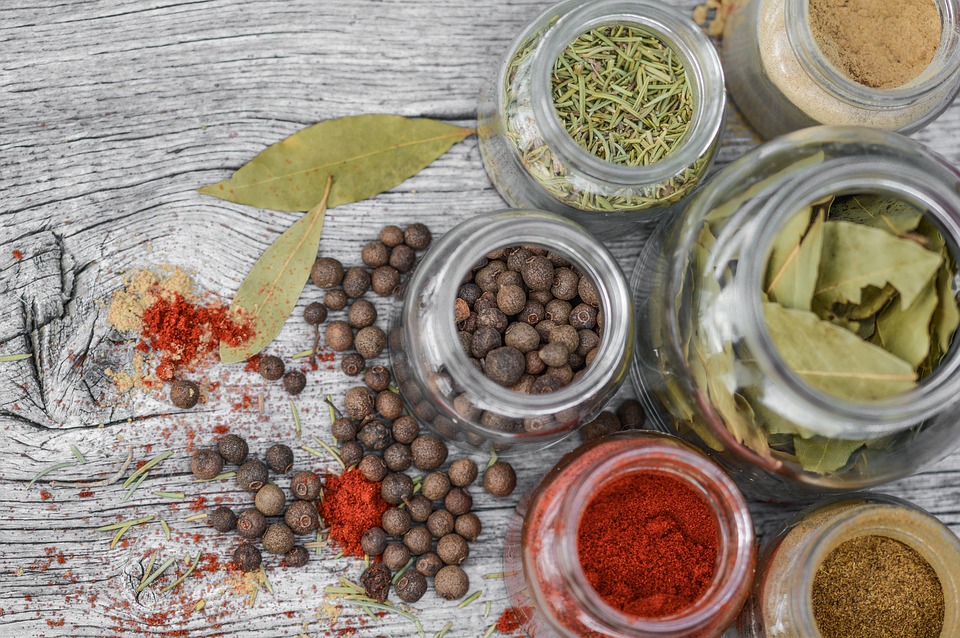THE SIP BLOG

What Are Botanicals And How Are They Used In Gin?
One of the most well-known elements of a gin is its botanical qualities. But what are botanicals and what makes them so special when crafting gin? That classic pine taste you notice when you sip on fine gin comes from the juniper berry, which is just one of many fascinating botanicals used in the distilling process.
Gin distillers have an array of botanicals they can elect during the creative process, and this makes gin one the most diversified spirits in the industry. The sheer number of botanicals is extensive so we listed the most popular ingredients used in gin for your convenience.
Juniper Berries
This botanical is the most obvious in the list, but there’s something important to say about it: There is no gin without these berries. Gin derives its name from this very berry, whether it be the French word, genièvre, or the Dutch word, jenever. The juniper berry forever remains the most critical of gin’s botanicals.
Angelica Root
The root of the angelica plant is the most used part, but some distillers also use the seeds and flowers. This root adds a medicinal and earthy component that also binds and holds together other botanicals flavors adding flavorful complexities and depth to the spirit.
Citrus
Lemons and oranges are used for nearly everything, from cooking to cleaning. These citrus fruits are incredibly versatile, and the lemon and orange peels are great botanical ingredients for gin. The peels add zest, distinguishes itself from spices, herbs, and sweetness, and can lift other flavors to perfection.
Coriander
A part of the cilantro plant, the dried seeds are recruited to create a mosaic of flight flavors that include nutty, citrusy and spicy. The seed is crushed for optimal results and seamlessly complements the flavors of the juniper berry.
Cardamom1
This unique spice has been described as a eucalyptus flavor with hints of citrus and spice. Cardamom is closely related to ginger and is commonly used in Indian dishes. These bright green pods have somewhat of a medicinal taste and have strong flavors and aromas.
Licorice Root
When used in gin, licorice root is ground into a fine powder and also has a similar but different flavor than the candy you’re used to. It has a bittersweet, sugary, and an earthy taste mixed with woody flavors that help gin become a standout spirit.
Orris Root
Although it looks like ginger, orris root is a part of the iris flower and contains s sweet floral aroma that happens to also be present in perfumes. Additionally, it gives off wood and earthy flavors. The root is known to “correct” other aromas in gin that are not as desired.
Cassia Bark
This tree is closely related to cinnamon, and the bark is harvested from the trunk that is then mass-produced into quills (small cylindrical folds). The taste is similar to spicy cinnamon-flavored foods but slightly sweeter with hints of licorice.
Nutmeg
This tree produced oval-shaped seeds that are harvested and ground into a fine delicious powder. This adds a sweet, aromatic, warming spice to the gin.
Now that you know what makes a gin an amazing spirit, check out our 2019 gin winners here!
Stay updated on current and future SIP happenings by subscribing to our newsletter below!


